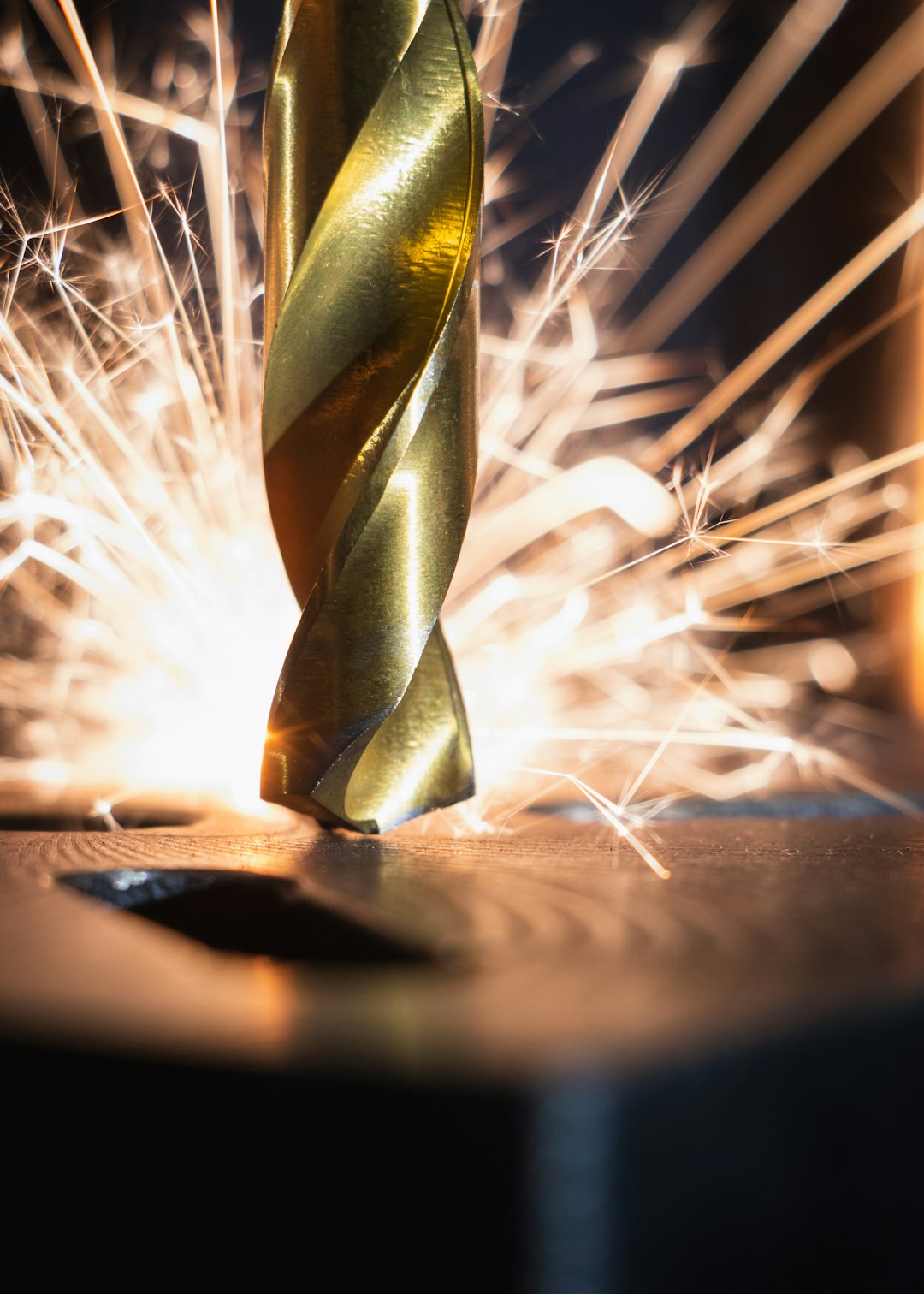Digital twins have been gaining popularity in the manufacturing industry in recent years as companies look for innovative ways to improve efficiency, reduce costs, and enhance the overall production process. A digital twin is a digital representation of a physical object or system, such as a machine, product, or production line. This virtual model enables manufacturers to monitor, analyze, and optimize the performance of their assets in real-time.
One of the key benefits of digital twins in manufacturing is the ability to predict and prevent potential issues before they occur. By collecting data from sensors and other sources, manufacturers can create a digital twin that accurately reflects the behavior and performance of a physical asset. This allows them to identify patterns and trends that may indicate a future breakdown or maintenance issue, enabling them to take proactive measures to prevent costly downtime.
Another advantage of digital twins is their ability to simulate different scenarios and analyze the impact of various changes on the production process. Manufacturers can use digital twins to test new designs, equipment configurations, or workflow changes in a virtual environment before implementing them in the real world. This helps to reduce the risk of potential errors and optimize production efficiency.
Furthermore, digital twins provide manufacturers with valuable insights into the performance of their assets and processes. By analyzing data collected from sensors, monitoring equipment, and other sources, manufacturers can identify areas for improvement and optimize their operations to maximize productivity and reduce costs. For example, they can use digital twins to analyze the energy consumption of production lines, identify inefficiencies, and implement strategies to reduce waste and improve sustainability.
In addition, digital twins can be used to enhance collaboration and communication within manufacturing organizations. By providing a shared virtual environment where employees can access and interact with the same data and information, digital twins help to break down silos and facilitate cross-functional collaboration. This enables manufacturing teams to work together more effectively, share insights, and make better decisions based on real-time data and analysis.
Overall, the rise of digital twins in manufacturing represents a significant shift towards a more data-driven and connected approach to production. By leveraging digital twins, manufacturers can gain a competitive edge by improving efficiency, reducing costs, and enhancing the overall performance of their assets and processes. As technology continues to advance and connectivity becomes increasingly important, we can expect to see the continued growth and adoption of digital twins across the manufacturing industry.

